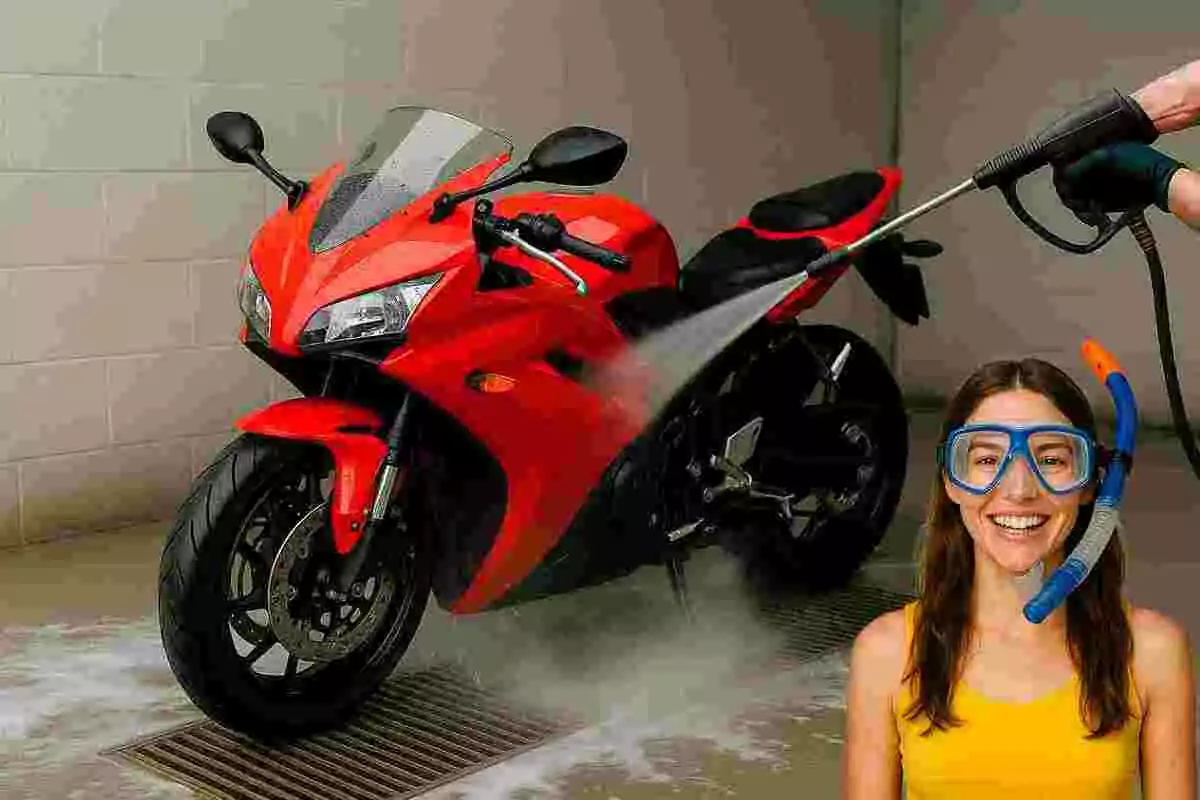
You can break your motorcycle when you wash it: be careful with this
When dirt gets embedded in our motorcycle or scooter, sometimes we use the pressure washer aggressively
The activity of washing your motorcycle is something we always tend to put off, but that doesn't mean we should do it carelessly or at any cost.
When the dirt won't come off and we insist on bringing the pressure washer right up to "ground zero," we aren't aware of what we're doing.
Prices, offers, technical sheets, and images of ALL MOTORCYCLE AND SCOOTER MODELS on the market
Too much insistence to the point of being aggressive with your motorcycle's parts could lead to very harmful consequences.
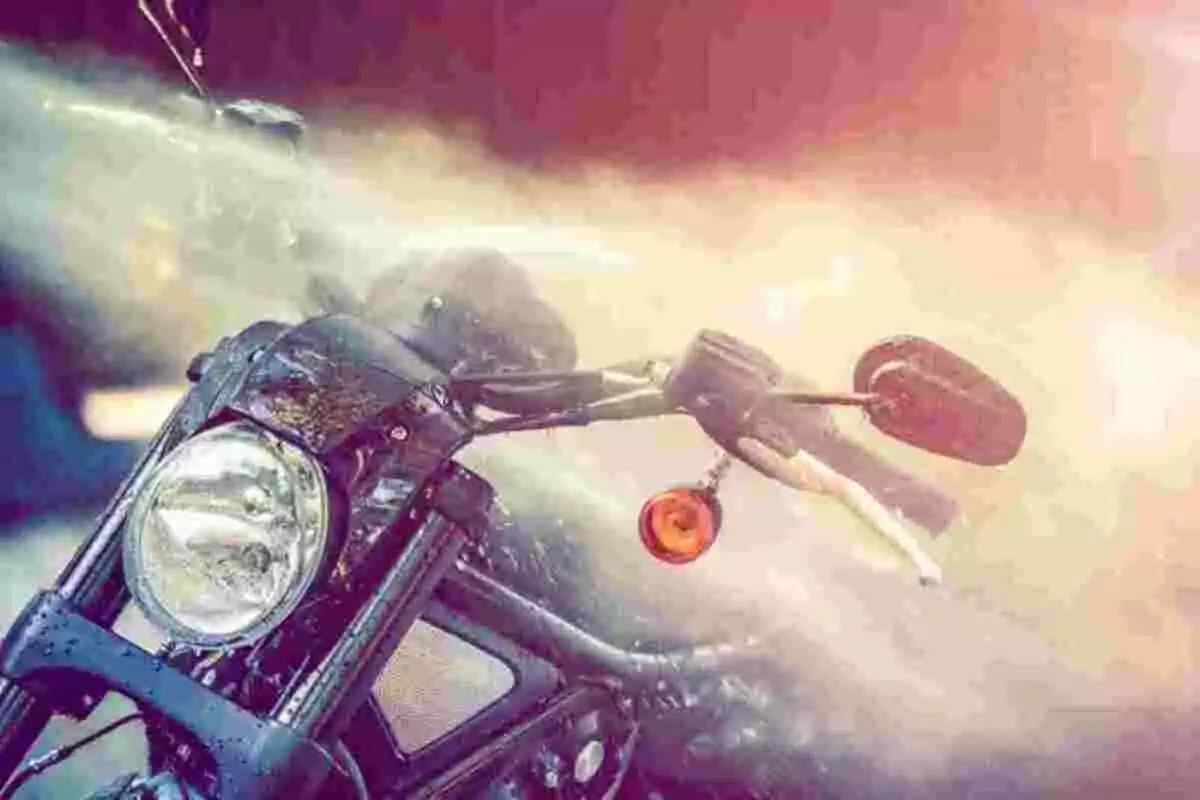
To avoid this, keep the following steps in mind when it's time to get to work cleaning your faithful companion. She'll appreciate it, for sure.
1. Avoid pressure washing whenever you can
It's true that this is the first thing we think of when the motorcycle or scooter hasn't had a drop of water on it for a long time...
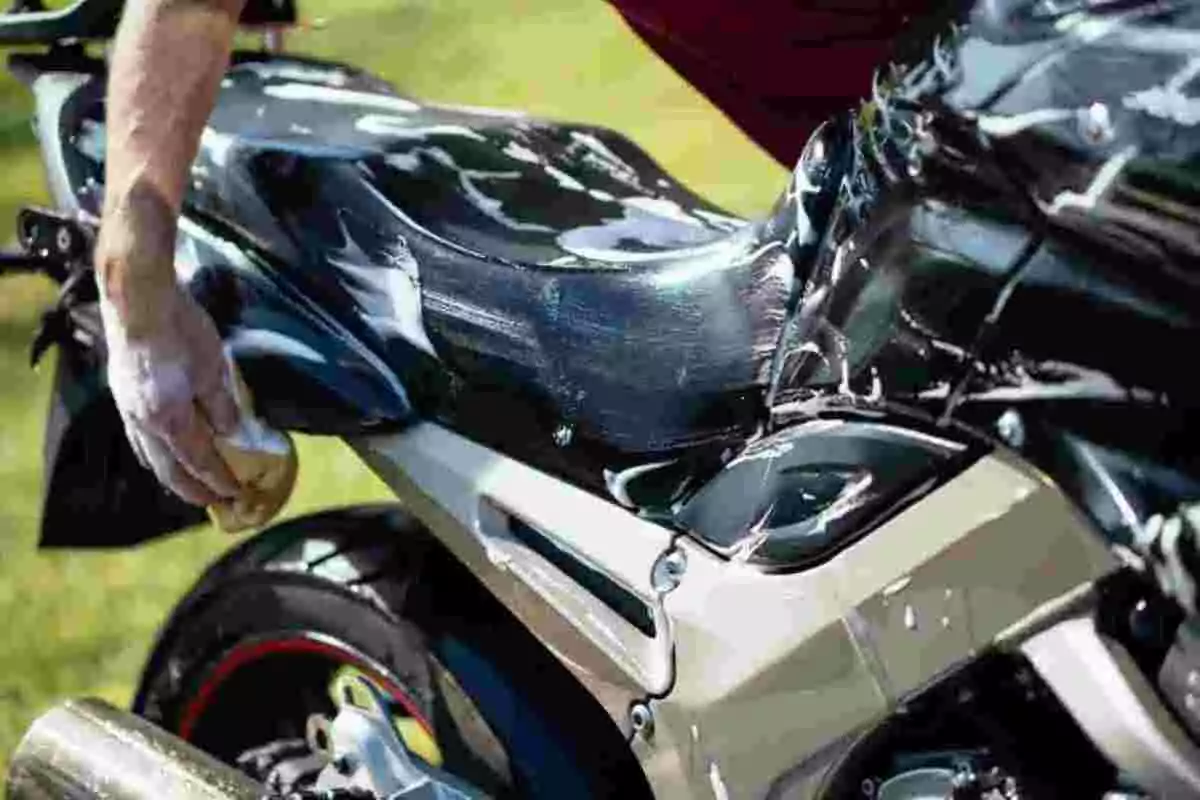
Dirt in these cases becomes so embedded that "we're forced" to use a pressure washer.
Well, this will never be the best option, unless you have no other way to "get your hands on it" as you should: with time and patience.
The paint will gradually burn due to the pressure of the water, battering the surface of its parts.
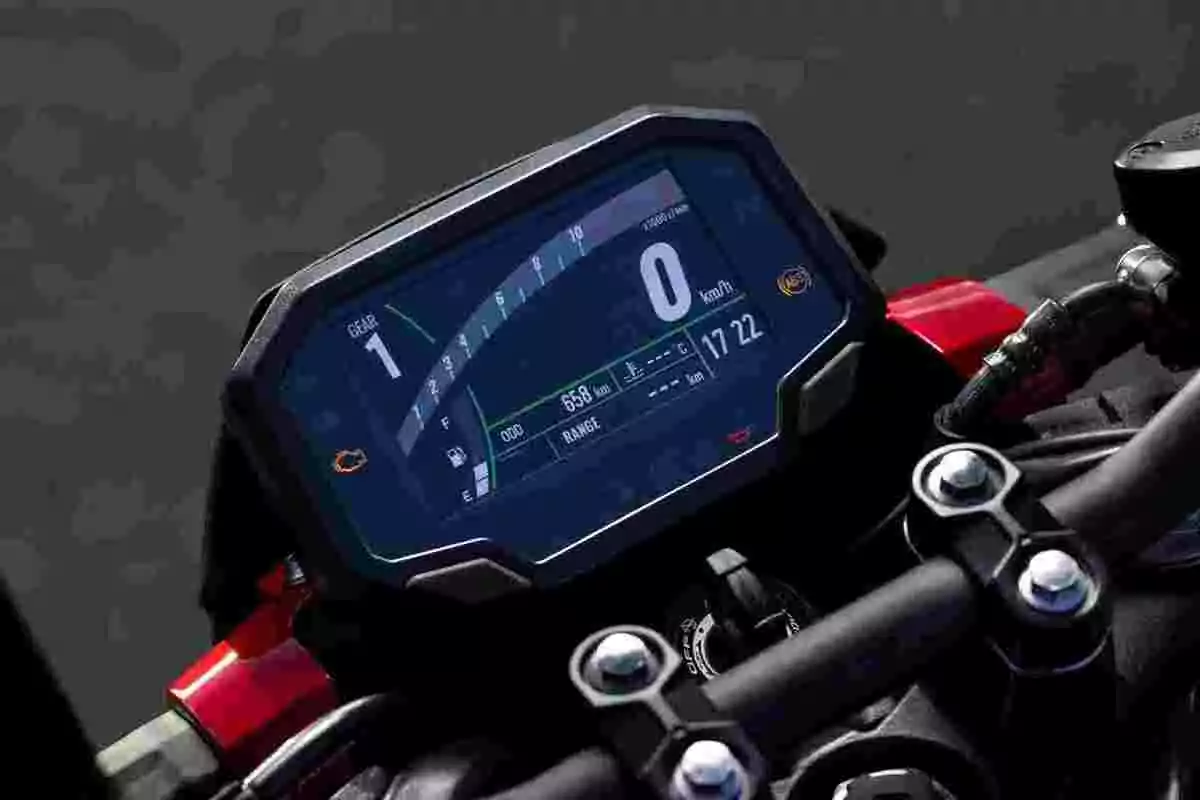
In addition, water can seep into very sensitive areas, namely: exhaust pipe, instrumentation, switches, or different parts of the wiring with their contacts.
2. The best: the traditional way
The traditional way to wash a motorcycle is to use a bucket full of soapy water, nothing more.
First, give the motorcycle a hose down to "prepare the ground" and avoid, among other damage, scratches from parts covered in grime.
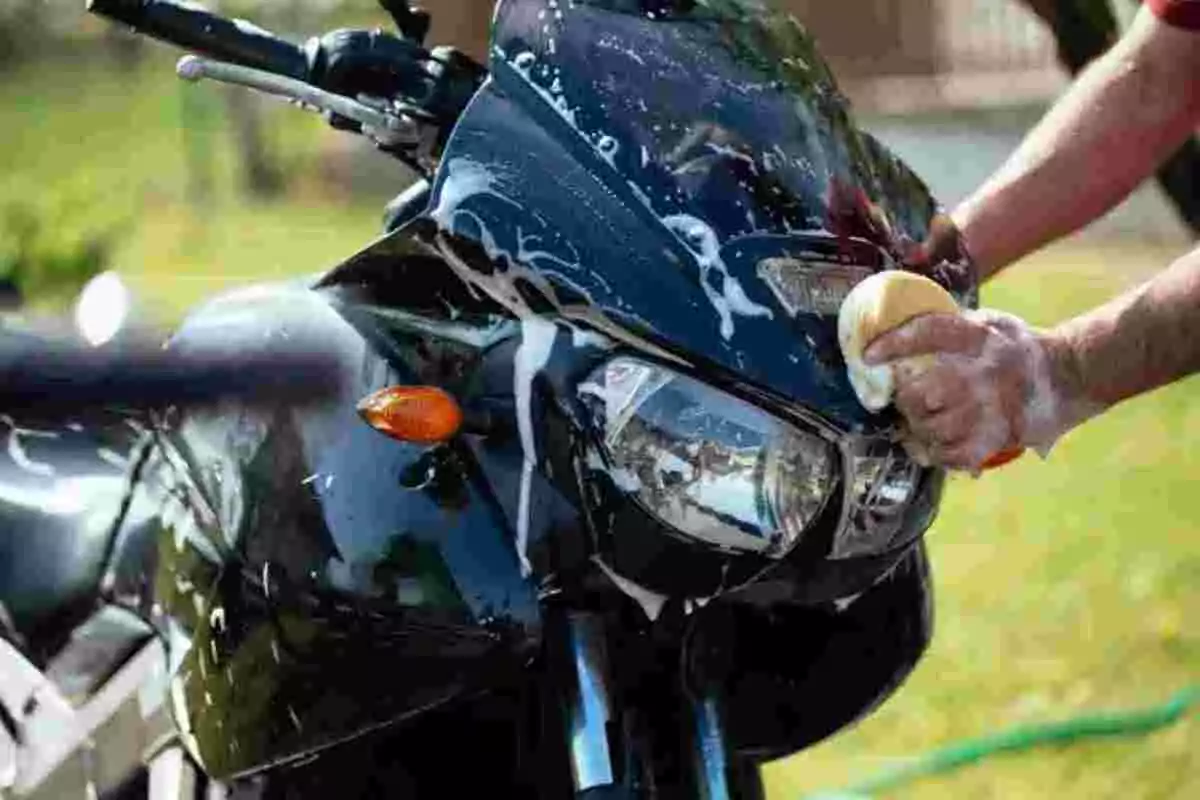
All that's left is to arm yourself with a soft sponge, never a rough one, and apply the soapy water as needed in circles to all the parts that require it.
3. Drying "by hand or machine"
Once it's "covered," rinse your entire motorcycle to remove the soapy water applied earlier... without pressure if possible.
Some people like to dry the entire motorcycle with compressed air, although this isn't always as effective or "harmless" as it seems.
Keep in mind that blasting air at the handlebar switches can cause the very water you're trying to remove to seep into the internal contacts.
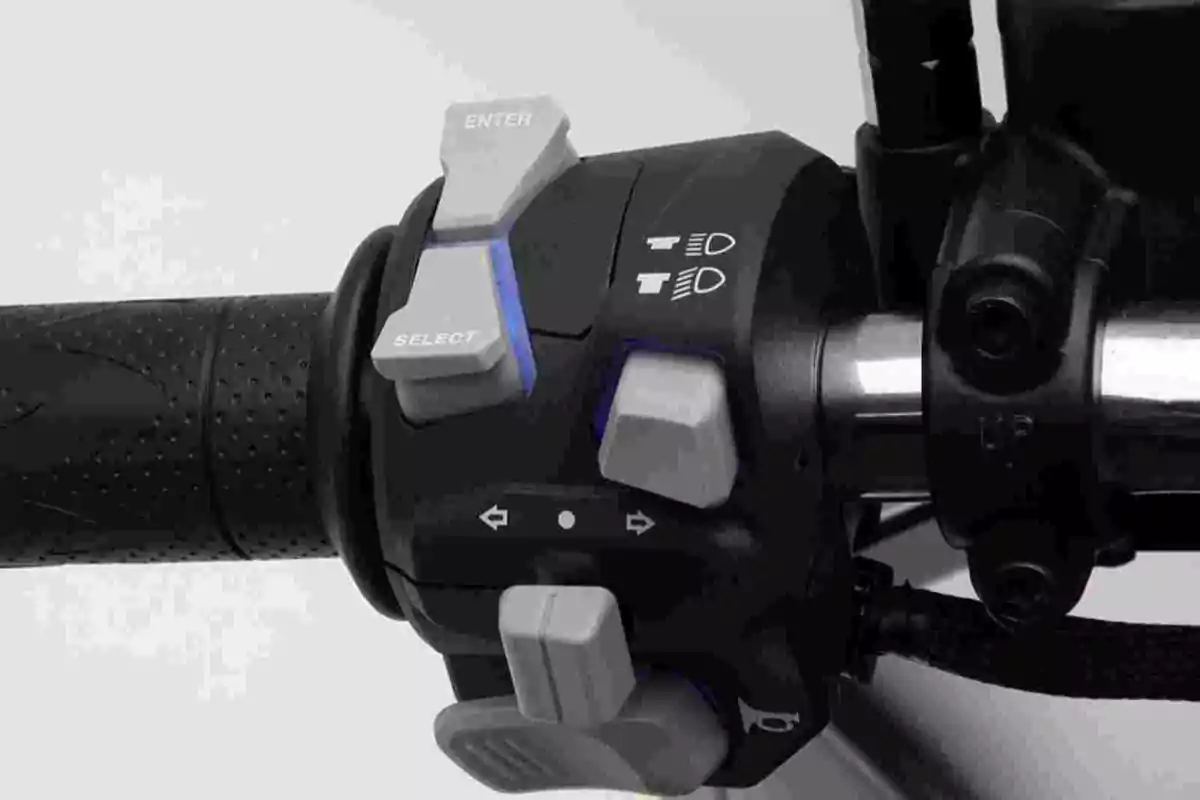
By doing this, you'll create layers of rust and, therefore, future failed connections. How about leaving the motorcycle on the side stand while all the excess water drains off?
Of course, you can help with a soft cloth like the ones you use to clean your home's windows. The final result will shine brightly.
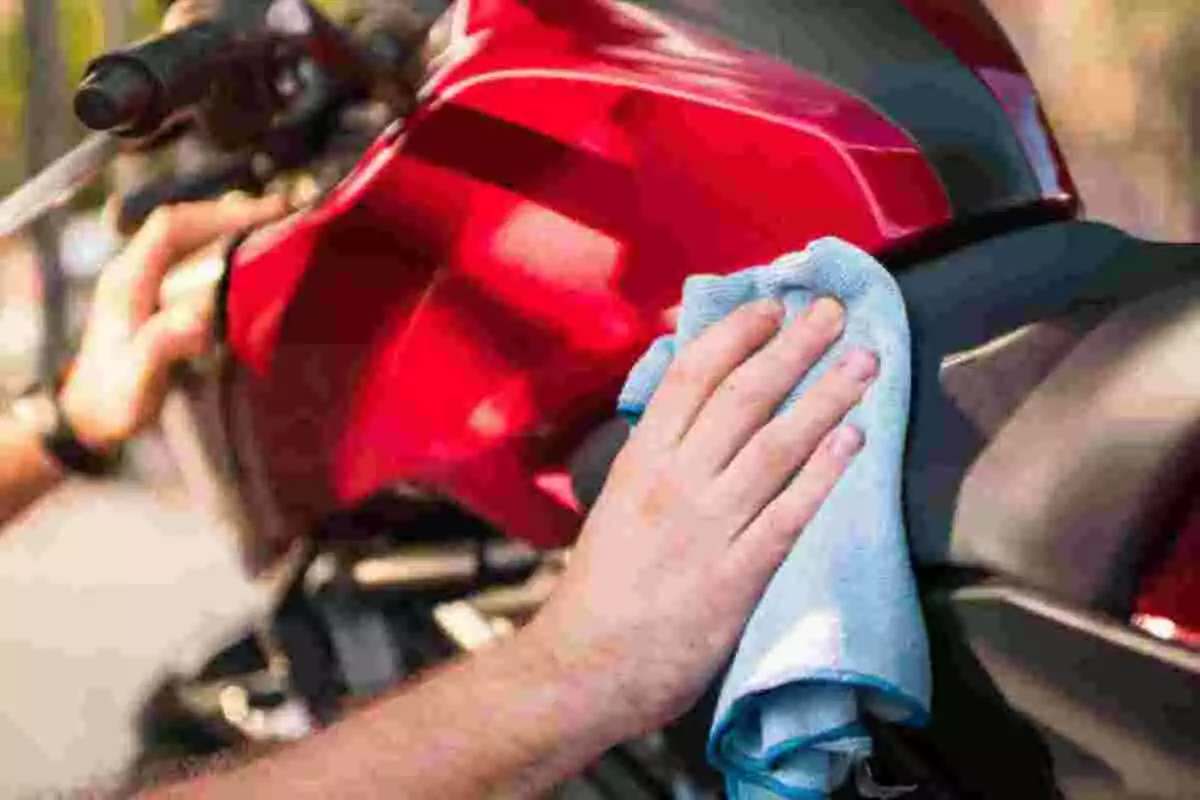
If your motorcycle has a chain drive, be careful, because water will attack the links no matter how well protected they are. Clean and lubricate as the final act and you'll have the transmission kit ready for a good handful of miles (kilometers)... just like the rest of your motorcycle.
More posts: